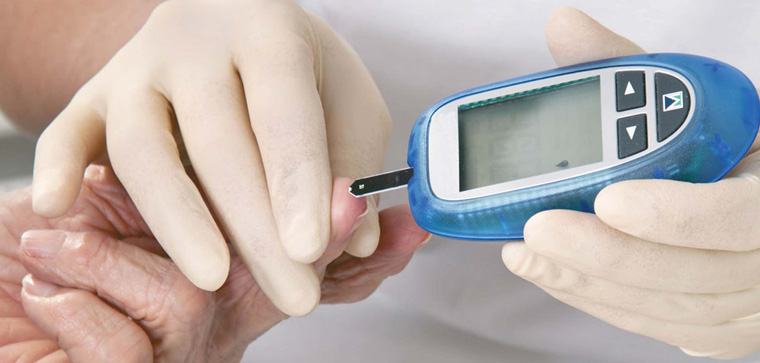Diabetes Education & Prevention
The value of healthy eating is also encouraged through increased intake of fruits and vegetables, use of right type of fat and whole grain cereals like wheat or rice or millets instead of polished or refined flour, which is very high in carbohydrate (and thus glycemic load) and also low in protein and fibre.

Levels of diabetes prevention
Primordial prevention
There is an urgent need for strategies to prevent or at least slow down the emerging burden of diabetes apart from treating diabetes and associated complications. Prevention of diabetes and its complications is the urgent need of the hour. Prevention of diabetes can be done at every stage in the natural history of diabetes resulting in four levels of diabetes prevention.
Primordial prevention
Attempts to reduce the risk factors for diabetes, e.g., reducing or preventing obesity to reduce the future risk of diabetes or prevention of prediabetes stage.
Primary prevention
It targets people who are in the stage of prediabetes to prevent the onset of diabetes. All people with prediabetes should be regularly screened and encouraged to pursue a healthy lifestyle, including a healthy diet, adequate exercise and weight control in order to prevent diabetes.
Secondary prevention
It is to prevent the onset of complications associated with diabetes in those who have already developed diabetes. This can be achieved by having a good control over the blood sugar, blood pressure and lipid levels with the help of a healthy lifestyle and taking anti-hyperglycemic drugs as indicated.
Tertiary Prevention
It is to prevent end-stage complications in those who have already developed some complications of diabetes by limiting disability and initiating rehabilitation measures
